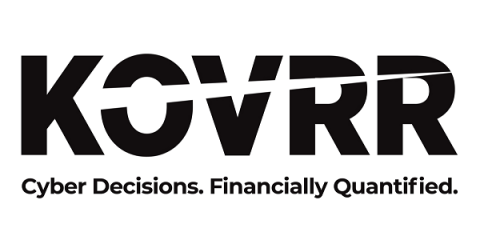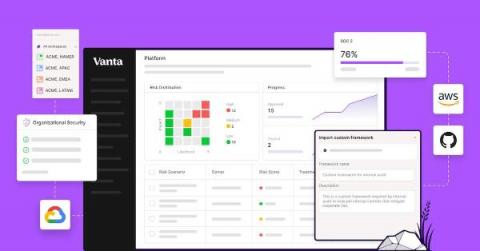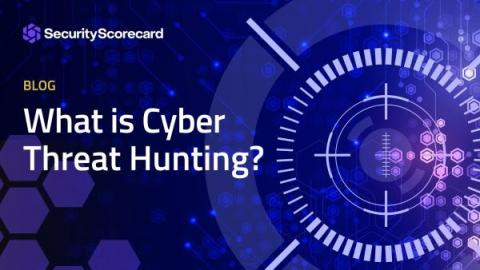Analysis of CVE-2023-2868 Exploitation: Campaign Targeting U.S. Entities Using Barracuda Email Security Gateway
CVE-2023-2868, a vulnerability in the Barracuda ESG was announced on May 23. On June 15th, a report surfaced, attributing the exploitation of this vulnerability to a threat actor group tracked as UNC4841, which analysts believe is conducting espionage on behalf of the Chinese government. SecurityScorecard’s STRIKE Team consulted its datasets to identify possibly affected organizations.









